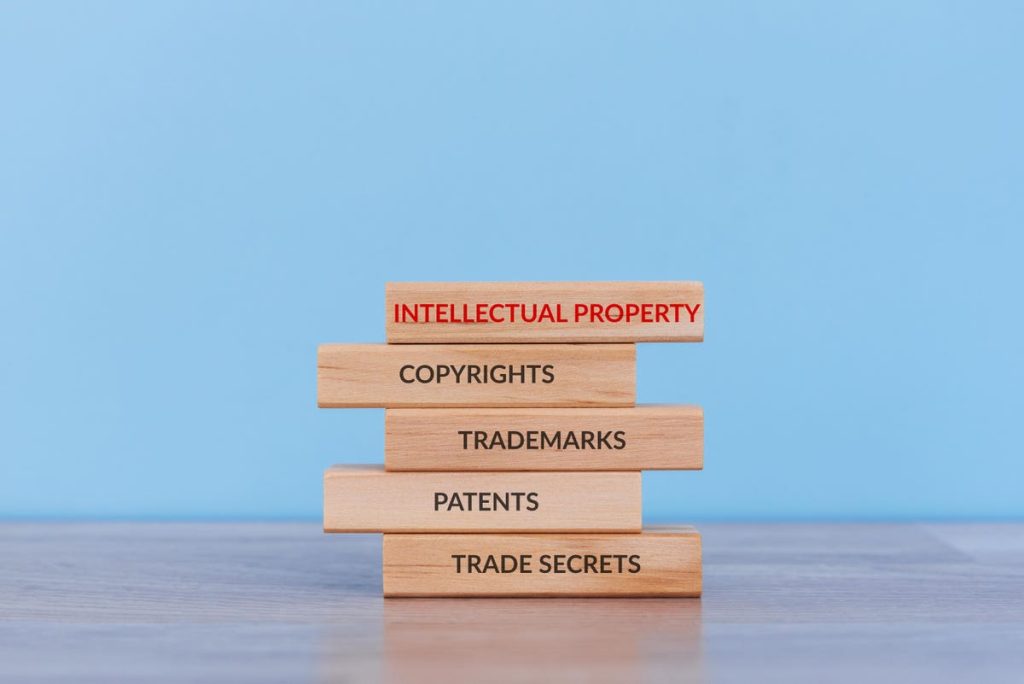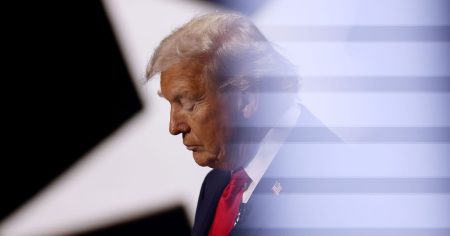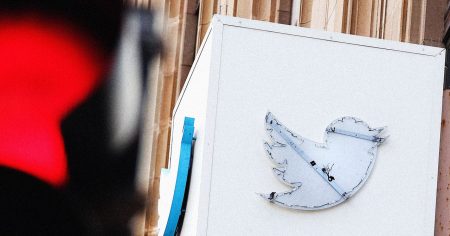Kary Oberbrunner: Bestselling author, CEO and igniter of souls.
Have you ever wondered how much intellectual property theft costs the U.S. economy? The unauthorized use, reproduction or distribution of someone else’s creations, inventions or ideas poses a threat to innovation and has significant economic consequences.
As a publisher, my company brings client’s ideas to the marketplace every single day. Oftentimes, these ideas represent decades of work and millions of dollars of research. This intellectual property has serious value, especially in light of the S&P 500. In fact, according to the Visual Capitalist, “Intangible assets currently account for 90% of the index’s total assets.” This means that much of your company’s value is not found in physical assets but rather in intellectual property.
The Scale Of Intellectual Property Theft
Intellectual property theft costs the U.S. economy up to $600 billion annually, the Associated Press reported. This figure encompasses various forms of infringement, including counterfeiting, piracy and trade secret theft. As technology continues to advance, intellectual property theft has become easier and more prevalent, which makes it even more essential to protect.
Economic Impact On Industries
Intellectual property theft significantly affects various industries ranging from software and entertainment to manufacturing and pharmaceuticals. Counterfeit goods and pirated media harm the legitimate market and can lead to substantial revenue losses and job cuts. The U.S. Patent and Trademark Office said that, as of 2018, the sales of counterfeit and pirated goods total between $1.7 trillion and $4.5 trillion annually.
Implications For Small Businesses
Small businesses often bear the brunt of intellectual property theft, as they might lack the resources and expertise to combat infringement effectively. These losses impact the financial health of SMEs and can hinder their ability to invest in research, development and expansion.
Threats In The Digital Age
The rise of the internet and digital technologies has created new challenges in protecting intellectual property. Online piracy and unauthorized sharing of copyrighted materials have become rampant, with websites and platforms facilitating the illicit distribution of music, movies, software and other creative works. An often-cited estimate from 2007 by the Institute for Policy Innovation says that music piracy costs the U.S. economy more than $12 billion annually.
International Dimensions
Intellectual property theft is not limited to domestic boundaries. It’s a global concern as well. The U.S. Chamber of Commerce ranks countries based on their intellectual property protection. Unfortunately, some countries with weak enforcement measures and inadequate legal frameworks can provide safe havens for infringers. This not only undermines the efforts of innovators but also disrupts fair competition and international trade.
Strategies For Protection
Defending your ideas and intellectual property requires some knowledge. It begins with understanding the types of protection available. As I explained in my previous article, traditional avenues of IP protection include patents, trademarks, copyrights and trade secrets. Each type provides different protections and rights, so familiarize yourself with the options relevant to your creations. Keep in mind that each type of protection requires a different filing fee and estimated time for approval.
You can explore innovative methods that are growing in popularity to help with IP protection as well, such as blockchain and smart contracts. I also lead a company that specializes in IP protection using blockchain, and through this, I’m seeing that the enforceability of smart contracts is gaining acceptance. From my perspective, this adoption is following a similar pattern to how digital signatures replaced wet signatures with the Electronic Signatures in Global and National Commerce Act.
I also recommend keeping a few common missteps in mind so you can work to avoid them. Some of the most common mistakes I see are perfectionism and procrastination. Some businesses feel like their IP needs to reach a state of perfection before they can protect it. This simply isn’t so. If you reflect upon past success stories, wise enterprises protected their IP while it was evolving. Look at any iconic brand’s logo, for example: They protected each iteration. IP is a moving target many times. Protect as you go.
Procrastination is the other side of the coin. It’s unwise to delay. Since 2013 in the U.S., IP rights are granted to the first to file, not the first to use. It’s to your advantage to file your IP and create an immutable timestamp immediately.
The rising costs of intellectual property theft significantly threaten the U.S. economy. The statistics paint a sobering picture of the financial losses incurred by businesses and the detrimental impact on innovation and job creation. Protecting your ideas is not just a matter of personal interest; it is crucial for fostering a thriving and competitive economic environment. By implementing robust strategies and staying vigilant, individuals and businesses can defend their ideas, promote creativity and contribute to a stronger and more prosperous future.
Forbes Business Council is the foremost growth and networking organization for business owners and leaders. Do I qualify?
Read the full article here










